Pontiac, Michigan – For the first time in nearly 40 years, locals could enjoy an unobstructed view across downtown Pontiac. A hulking concrete amphitheater and parking garage that once split the city’s core, the long-neglected Phoenix Center, had finally been demolished, opening up the skyline and sparking hope on the streets below. This dramatic change was just one part of a bold redevelopment wave that swept through Pontiac in the wake of a landmark deal with Oakland County. In 2024, county officials committed to relocating hundreds of their employees into the heart of Pontiac, bringing new energy and daytime foot traffic to a downtown that had spent years searching for its second act. It wasn’t just another construction project; as Oakland County Executive Dave Coulter described it, it was “a commitment to revitalizing Pontiac’s future”.
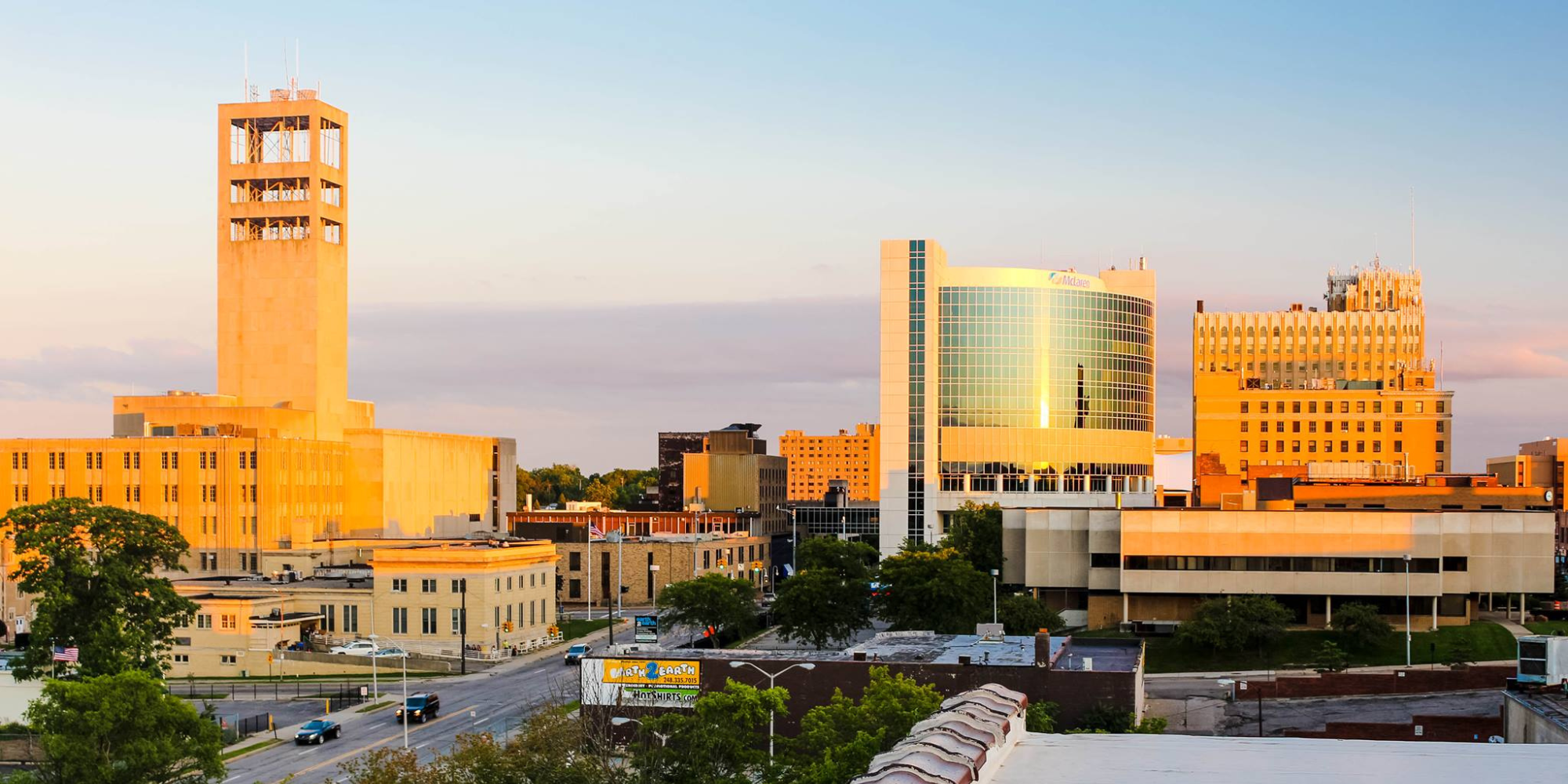 City of Pontiac, Michigan USA - Government, Facebook
City of Pontiac, Michigan USA - Government, Facebook
A Bold County Commitment to Pontiac’s Downtown
The catalyst for Pontiac’s recent resurgence was Oakland County’s decision to create a satellite campus in downtown Pontiac, a move finalized by a development agreement in late 2024. Under this plan, roughly 600–700 county employees would move into renovated office space at the Ottawa Towers complex, including the long-vacant former General Motors building at 31 East Judson Street. For a city that once thrived as a GM town, this felt like history coming full circle. The county’s investment, backed by a $174.5 million budget, covered not only the office renovations but also major infrastructure improvements to support the influx of workers. In fact, the State of Michigan pitched in $50 million toward the project, underscoring just how transformative officials believed this could be.
Key components of the downtown Pontiac redevelopment included:
- New County Offices: Renovation of the vacant 31 E. Judson tower (a former GM Truck & Bus headquarters) and updates to a second Ottawa Towers building, creating modern office space for hundreds of county workers.
- Parking Structures: Construction of two brand-new parking decks on the site of the old Phoenix Center, with over 1,000 total spaces (approx. 425 in a North Deck and 610 in a South Deck) to accommodate employees and visitors.
- Demolition & Green Space: Removal of the dilapidated Phoenix Center parking garage (closed since 2012) and its defunct rooftop amphitheater, clearing 6.7 acres and reconnecting historic Saginaw Street through downtown. In its place, plans called for 4 acres of open grassy lawn and public plaza next to the new North Deck, essentially a central park for community events and relaxation.
- Infrastructure Upgrades: Coordination with the Michigan DOT’s overhaul of the old Wide Track Woodward Loop into two-way boulevards, knitting the downtown back into surrounding neighborhoods and making the area more pedestrian-friendly. New streetscaping, transit connections, and walkability improvements were designed to make the county campus and downtown amenities easily accessible.
- Economic Revitalization: A push to fill street-level storefronts with shops and eateries, leveraging the daytime population boost. The influx of workers was expected to support local businesses and attract new development after years of disinvestment. Officials projected roughly $80 million in cost savings over the next decade by consolidating operations downtown (and avoiding maintenance on aging facilities), proving that what was good for Pontiac could be fiscally smart for the county too.
Oakland County’s leadership treated this project as more than a real estate deal, it was a strategic reinvestment in Pontiac itself. The county seat had lacked a true county presence for over 60 years; the last time significant county offices were downtown was before 1960, when the courthouse moved to a suburban campus on Pontiac’s outskirts. In the decades since, Pontiac’s downtown gradually emptied out due to factory closures, population loss, and public sector pullback. By committing resources and people to Pontiac again, the county sent a strong signal that the city’s fortunes were turning. Board of Commissioners Chair David T. Woodward called the move “our largest investment in the downtown of our county seat… It feels good to be coming home.”
Pontiac isn’t alone in this; nearby Livonia is also charting its own renaissance, read about The Future of Livonia: A Bold Plan to Build a Downtown from the Ground Up.
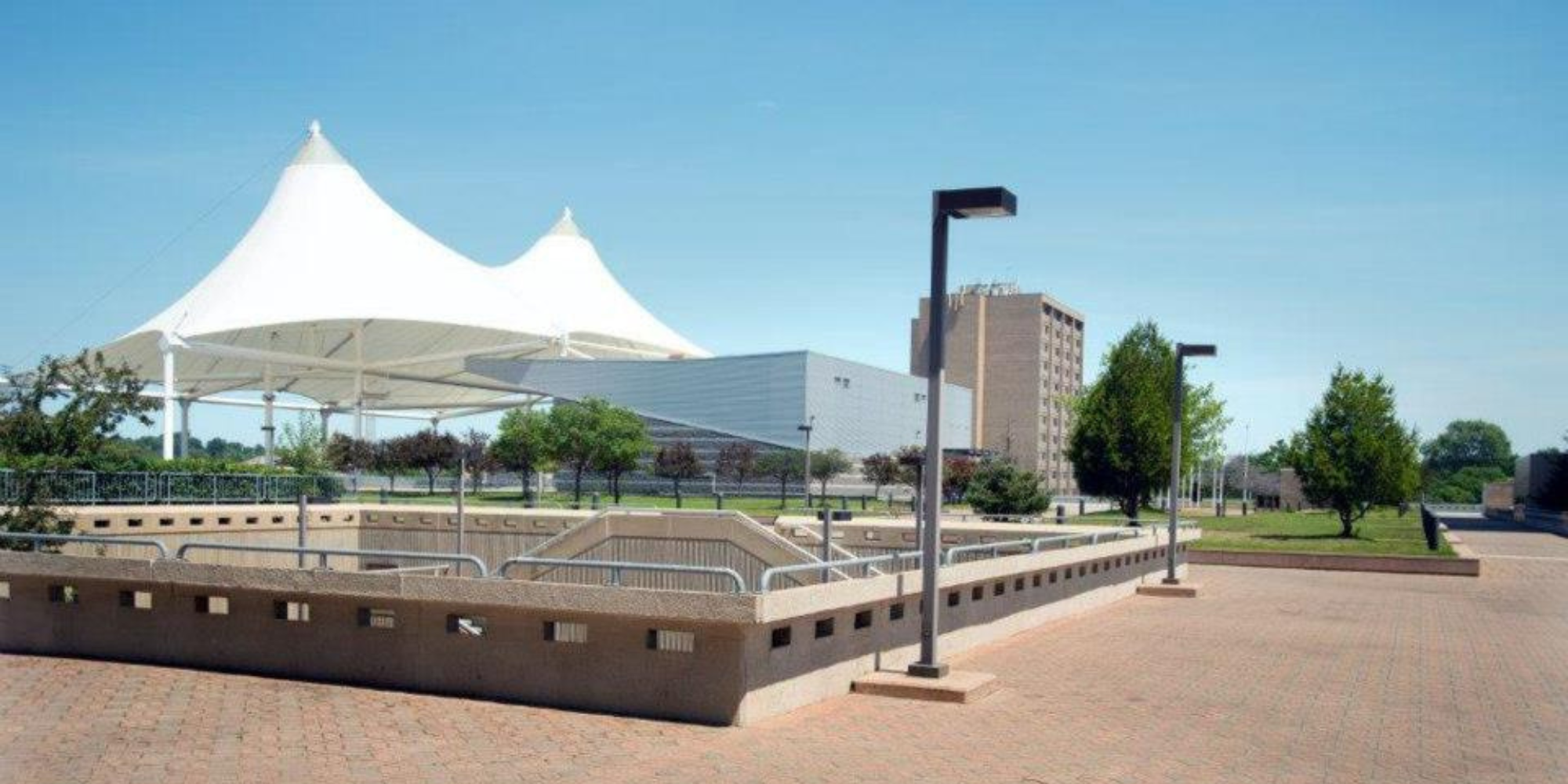 Pontiac Phoenix Center, Facebook
Pontiac Phoenix Center, Facebook
From Concrete Relic to Green Oasis
One of the most visible changes was the fate of the Phoenix Center, a massive three-tier concrete structure that had loomed over downtown since the late 1970s. Originally built as part of an urban renewal plan, it featured a 2,700-spot parking deck and an outdoor amphitheater on the roof. In its heyday, the Phoenix Center hosted concerts and events, hip-hop fans still recall a 2011 show by Wiz Khalifa and Big Sean as the venue’s last hurrah. But for the past 15 years, the amphitheater sat silent and the entire facility deteriorated, becoming a civic white elephant embroiled in legal battles. Many locals saw it as an eyesore that literally cut the downtown in half. “That ugly, concrete structure bifurcated our downtown and really disrupted the walkability,” Pontiac’s Mayor Tim Greimel lamented of the Phoenix Center’s impact.
By spring 2024, however, demolition crews were hard at work tearing the structure down. The last car parked there in April, and soon the once-monolithic parking garage was coming apart piece by piece. Pontiac’s skyline opened up: “It is mostly down,” City Council President Mike McGuinness noted with relief as he watched the progress, adding that the teardown was ahead of schedule and could finish earlier than expected. With the amphitheater gone, sunlight and sightlines returned, you could stand on one end of Saginaw Street and see clear through to the other end of downtown, a simple pleasure Pontiac hadn’t enjoyed in decades. Longtime residents and business owners describe this new view as symbolic of a brighter future. The plan was to reconnect Saginaw Street, unifying two disjointed halves of downtown, and replace the old concrete footprint with lush green space and plaza areas. By late 2024, renderings showed a welcoming lawn where the Phoenix Center once stood, an inviting spot for lunchtime strolls, community gatherings, and maybe even summer concerts under the open sky.
Alongside the green space, construction began on two new multi-level parking decks (dubbed the North and South Decks) to serve the coming employees and visitors. These garages, built partially on the Phoenix Center’s former site, were designed with modern safety and lighting, and their capacity of over 1,000 cars would comfortably handle the daytime influx. By mid-2025, steel and concrete for the decks were rising from the ground, signaling to everyone that Pontiac’s renaissance was not just talk, it was literally being built. The goal was to have the parking structures ready by early 2026, around the same time the county’s office renovations would finish, keeping the overall project on track. In the interim, downtown visitors navigated some construction detours, but most didn’t mind, as one local quipped, “It’s the sound of progress.”
Reviving Street Life and Local Businesses
Perhaps the most exciting change for everyday Pontiac residents was the promise of hundreds of new people bustling around downtown each weekday. An estimated 700 county employees were set to work in the Ottawa Towers complex once renovations wrapped up. For downtown shops and restaurants, this was more than a footnote; it was a lifeline. “If you’re in restaurants and your stores are going to be successful, they need foot traffic,” Dave Coulter noted, emphasizing the basic formula for a vibrant downtown. Foot traffic is exactly what Pontiac’s core had been lacking for so long, especially after the auto industry retrenchment. Now, with office workers heading out for lunch, grabbing coffee, or running errands, small businesses could finally count on a steady stream of customers beyond the occasional event or courthouse crowd.
Local entrepreneurs responded with guarded optimism and genuine excitement. Dan McGowan, owner of downtown’s Oak House Deli and the historic Crofoot music venue, said early on that he “wants to sell more sandwiches during the day”, a goal that more office workers can only help. Over on Saginaw Street, Fillmore 13 Brewery manager Shannon Woolman noticed changes even before the project was completed. As demolition progressed and plans solidified, she saw new faces peering into her brewery to ask about the downtown revival. “It is crazy… we’ve been holding on for eight years, and I really think this is going to push it that much further,” Woolman said, describing the thrill of literally seeing straight down an unblocked Saginaw Street at night. Her team had weathered the slow years, and now a buzz was in the air, both figuratively and literally, as construction noise gave way to a “positive vibe” and curious onlookers.
Even before the county employees officially arrived, foot traffic was already up. “A lot more people [are] seeing what’s going on down here,” reported Shelby Berger, who owns a Main Street shop, adding that the energy downtown had noticeably improved since the project began. Oakland County’s commitment became a selling point for Pontiac: new lunchtime crowds, more happy hour gatherings, and the confidence for other businesses to invest. In fact, Pontiac had proactively set the stage for this moment with initiatives like “The Circuit” social district launched a few years earlier, which allows downtown establishments to serve drinks to-go for patrons strolling the streets. Brewery and cafe owners in Pontiac had long understood that creating a lively, walkable environment was key, and now with workers soon walking between the Ottawa Towers, the new parking decks, and nearby lunch spots, that vision was coming to fruition.
City officials and community leaders often stressed that this influx of people is exactly what Pontiac needed to sustain its revival. State Representative Brenda Carter, a Pontiac resident, noted that past revitalization efforts came and went, “but actually moving these offices downtown… will revitalize the businesses and give them new hope, which is something they haven't had in a very long time”. In other words, this wasn’t a one-time festival or a short-term project; it was a permanent change in the daily rhythm of downtown. More daytime workers can translate to safer, more active streets, which in turn attract more shops, creating a virtuous cycle of growth. It’s a formula many Metro Detroit suburbs have used to thriving effect, and now Pontiac was finally getting its shot. The city even rebranded itself with a new slogan, “Pontiac is open for business”, reflecting a fresh attitude that longtime residents find refreshing and overdue.
For families exploring nearby neighborhoods, The Perna Team’s guide to the Top 10 Places to Raise a Family in Oakland County offers helpful context.
.png) Downtown Pontiac - Main Street Pontiac, Facebook
Downtown Pontiac - Main Street Pontiac, Facebook
Righting Past Wrongs and Embracing Pontiac’s Heritage
Pontiac’s path to this point has been rocky, and locals know it better than anyone. As the county seat of Oakland County, Pontiac historically should have been a bustling hub of government and commerce. But starting in the 1960s, a series of decisions and economic shifts pulled activity out of downtown. The construction of the Wide Track Woodward Loop in 1964 turned Pontiac’s main roads into a highway-like one-way ring that whisked traffic around (rather than through) downtown. Around the same time, the county courthouse and other offices decamped to a new complex on Telegraph Road at the city’s fringe. In later decades, General Motors, the city’s lifeblood, shut down factories (the last big plant closed in 2009), dealing a crushing blow to jobs and population. By 2010, Pontiac was grappling with debt and was placed under state emergency management, losing local control for years. All of this left downtown Pontiac a shell of its former self, with beautiful 19th-century buildings and Art Deco storefronts but too few people around to keep them filled.
That’s why many see the current redevelopment as much more than bricks and mortar, it’s a chance to finally restore Pontiac’s pride and purpose. Mayor Tim Greimel has been frank about the past mistakes that harmed Pontiac, from disinvestment to racist housing policies that fueled suburban flight. He and County Executive Coulter both agreed that bringing county operations back to the “heart of the county seat” was a necessary step to “reverse decades of bad policy” and demonstrate that Pontiac matters. The symbolism of Oakland County coming back home after generations is powerful. As Council President McGuinness put it, “It’s a big deal that Oakland County is recommitting to Pontiac, which has been the county seat for centuries”. In practical terms, it means residents of Pontiac and surrounding areas will have easier access to government services in their own downtown, rather than having to trek to remote offices. It also means the county is directly invested in the safety, infrastructure, and prosperity of Pontiac, aligning the city’s success with the county’s own operations.
Importantly, this project synced up with other long-awaited improvements. The Woodward Loop conversion mentioned earlier, turning that outdated one-way loop into two-way streets with bike lanes and crosswalks, finally broke ground in 2024, with an aim of completion by 2025-26. Restoring two-way traffic on Wide Track Drive (now called Pontiac’s Wide Track Boulevard in some plans) will reconnect neighborhoods that were cut off and make it easier for drivers to actually find downtown businesses rather than bypass them. Additionally, efforts like new housing developments, facade improvements on historic buildings, and the establishment of social districts are creating an environment where people want to live, not just work. Pontiac’s many music venues, from the Crofoot Ballroom to the Flagstar Strand Theatre, can also benefit from a downtown that no longer empties out after 5 PM. The creation of a central green space on the Phoenix Center site might even pave the way for outdoor concerts or food truck rallies, carrying on Pontiac’s tradition as an “event destination” but in a more accessible format. Longtime residents recall when events like car shows, concerts, and festivals drew crowds to Pontiac; with the new infrastructure, those days may be coming back, this time supported by a stable base of daily activity.
A New Chapter and Opportunities Ahead
By August 2025, the pieces of Pontiac’s renaissance were visibly falling into place. The Phoenix Center was gone, two new parking garages were rising from its footprint, and construction crews buzzed around the old GM building, installing modern amenities behind its mid-century facade. What once sounded like a far-fetched idea, moving hundreds of government workers into a sleepy downtown – was now an exciting reality on the horizon. Pontiac’s resurgence illustrates how public investment can ignite private confidence: since the county announced its plans, interest in downtown real estate and development had ticked up noticeably (from tech startups looking at office space, to investors eyeing long-vacant storefronts). The project’s planners intentionally created open space and capacity for future growth, signaling that this was just the beginning. “I believe this could be a catalyst for even more private development,” Coulter said early in the process, and those words were proving true as new proposals and ideas for Pontiac started to surface.
For Metro Detroit families and businesses, Pontiac’s comeback is more than just a news story, it’s an invitation. The downtown now offers something genuinely appealing: a walkable, historic city center with fresh investment and a sense of momentum. It’s the kind of place where you might take your kids to a weekend festival on the new lawn, or meet friends at a local brewery after work, confident that there’s activity and a friendly buzz around you. As one community leader put it, “Pontiac’s day has arrived”, after years of waiting in the wings. The city is capitalizing on its assets, location, architecture, culture, and finally getting the support it long deserved.
And if you’re considering selling, especially given the renewed interest in Pontiac real estate, check out The Perna Team’s Essential Tips for First-Time Home Sellers in Oakland County.
What does this mean for you? If you haven’t visited Pontiac in a while, now is a great time to rediscover it. Take a stroll down Saginaw Street to see the changes firsthand, check out a show at the Crofoot, grab lunch at a local café, or simply enjoy that new open view across downtown. For those interested in being part of Pontiac’s revival, whether by relocating a business, investing in property, or even finding a home nearby, it’s wise to get expert guidance and tap into the local knowledge. Pontiac’s real estate landscape is evolving, and opportunities are emerging that haven’t been around in decades. Reach out to a trusted Metro Detroit real estate professional for insight into Pontiac and other up-and-coming communities. After all, having a knowledgeable guide (perhaps someone who’s been here through the ups and downs) can help you make the most of this moment. Pontiac’s comeback story is still being written, and everyone, longtime residents, newcomers, and curious visitors alike, is welcome to help shape its next chapter. The message is clear: Pontiac is back, open for business, and building a future on the foundations of its rich past.
DON'T KEEP US A SECRET - SHARE WITH A FRIEND OR ON SOCIAL MEDIA!
THINKING OF MOVING TO Pontiac, OR LOOKING TO RELOCATE IN THE AREA? VIEW A LIST OF CURRENT HOMES FOR SALE BELOW.
Metro Detroit Homes for Sale
The Perna Team and Michael Perna are the best real estate agents in Pontiac and Ann Arbor. The Perna Team and Michael Perna have been hired as a real estate agent by hundreds of home owners to sell their homes in Pontiac and Ann Arbor.
The Perna Team were steady, responsive, and genuinely supportive from beginning to end. If you're buying or selling a home anywhere in Metro Detroit, Noah is the kind of agent who shows up with professionalism, care, and your best interest at heart.
Posted by Michael Perna on
.59.png)



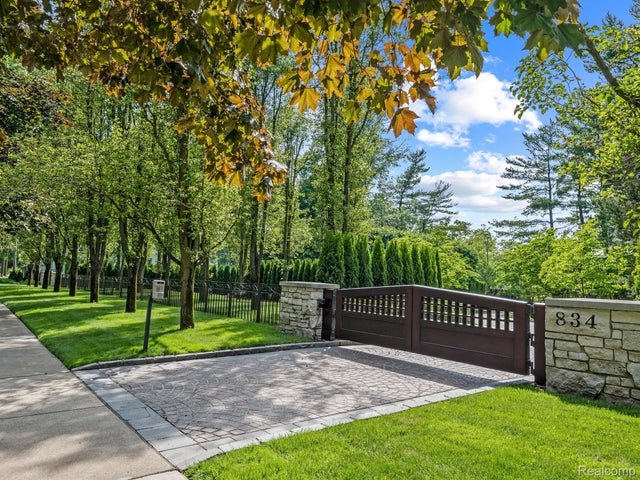

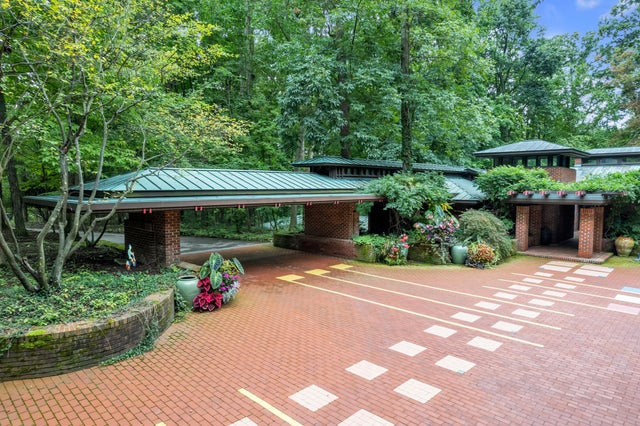





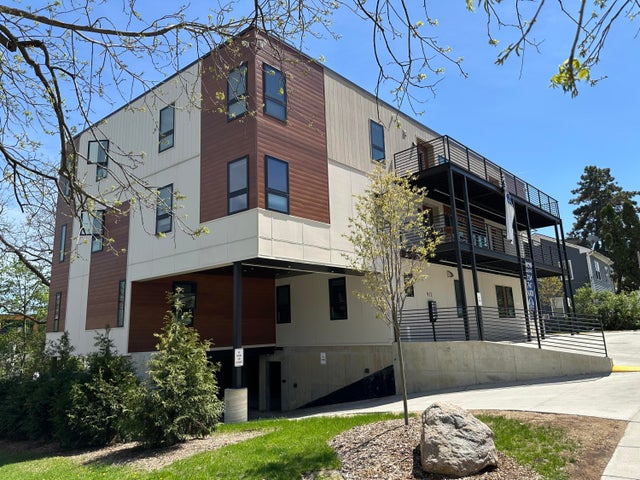



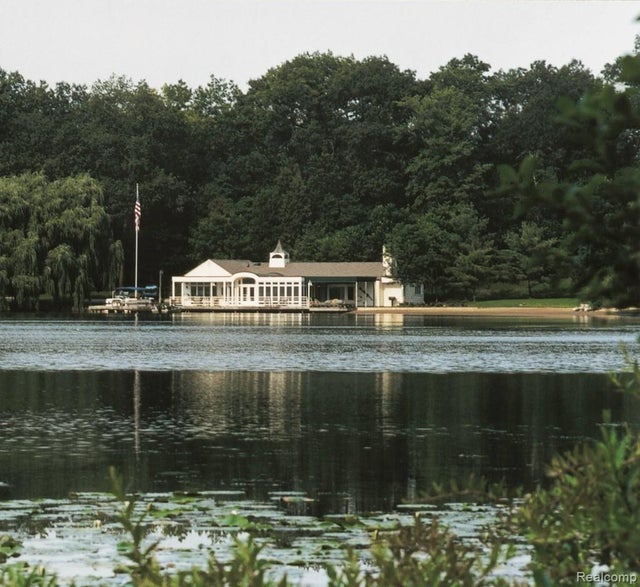
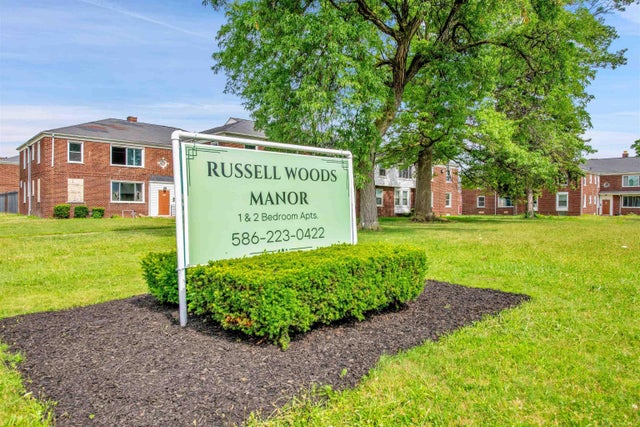
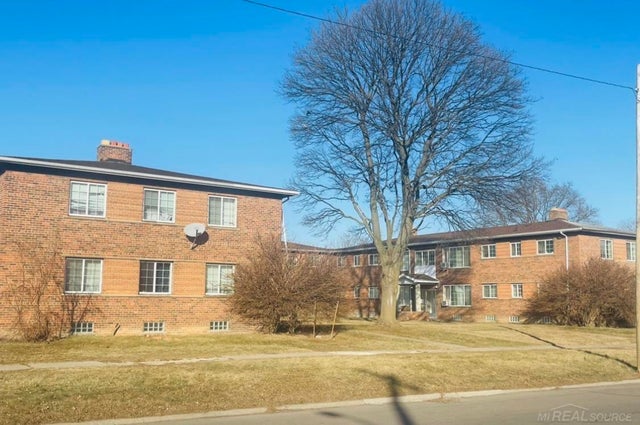



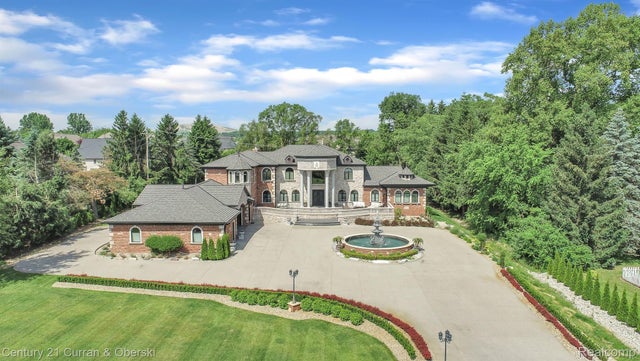



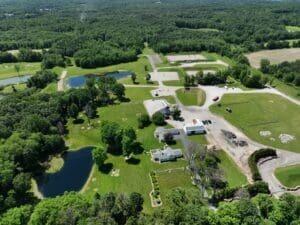
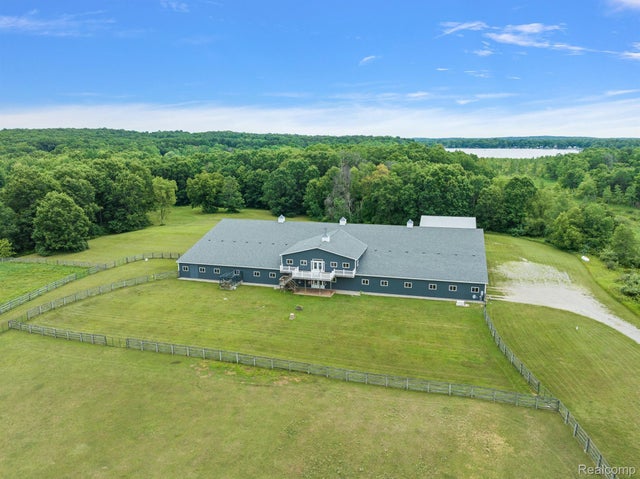

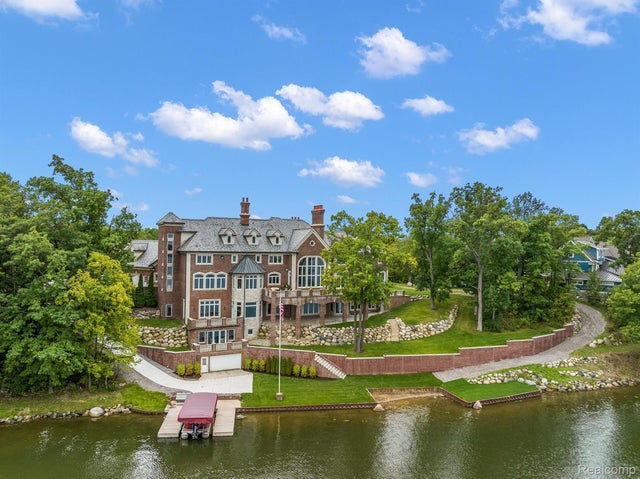

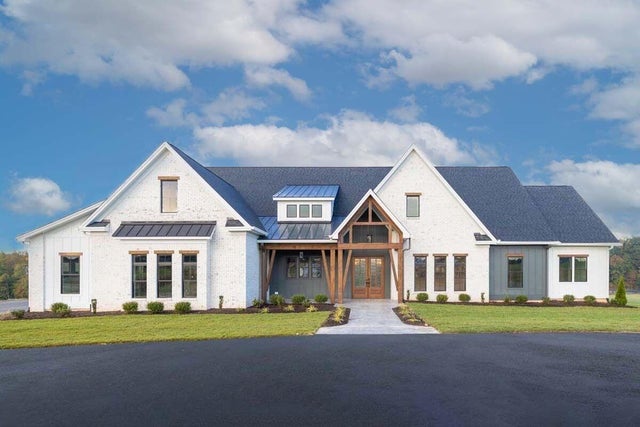



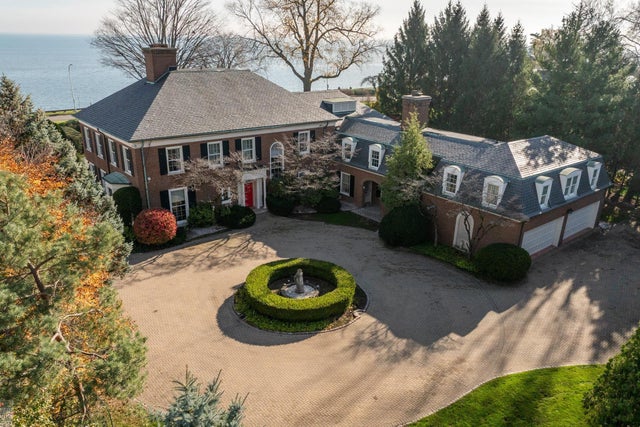
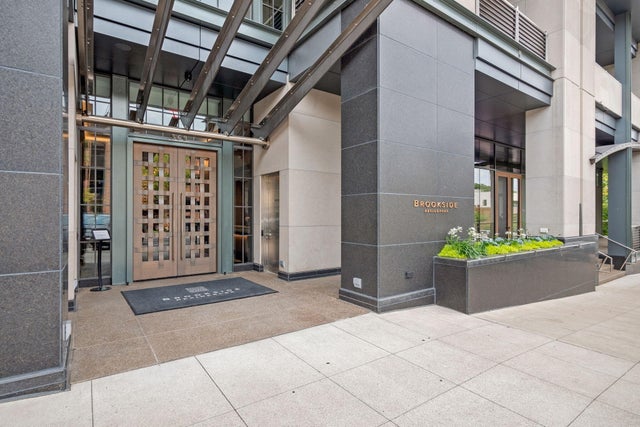

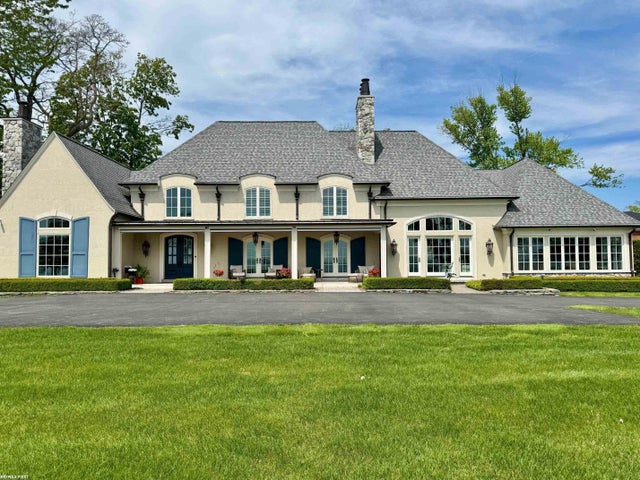
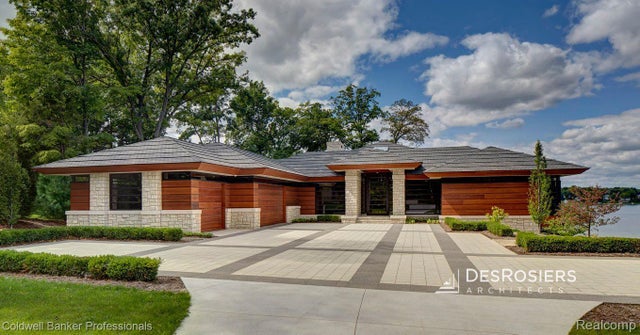

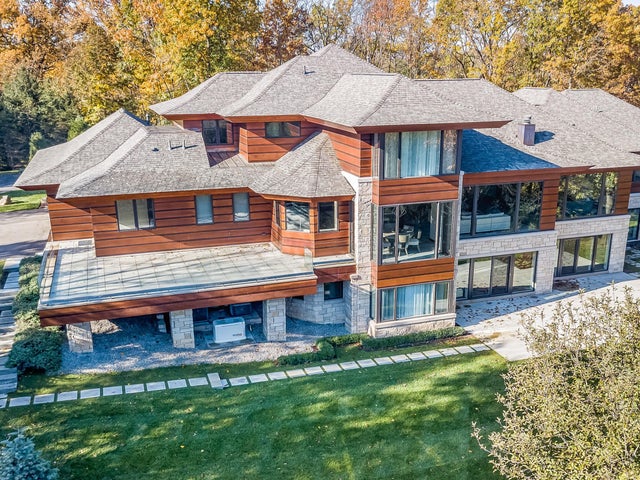
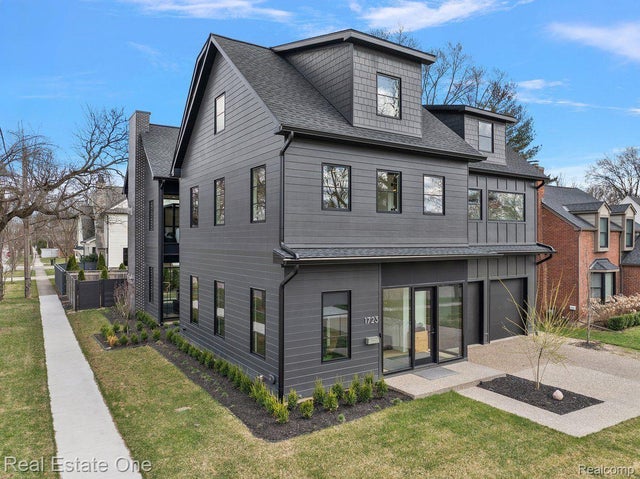

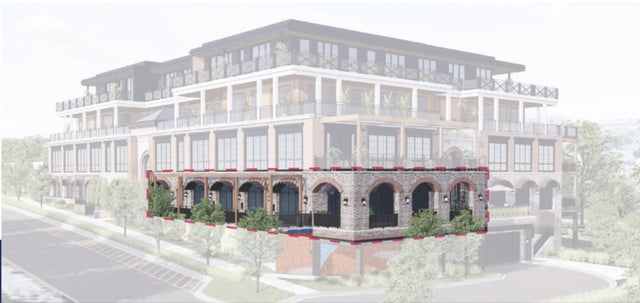


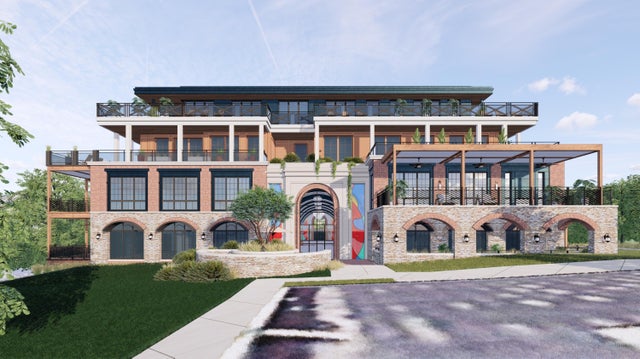
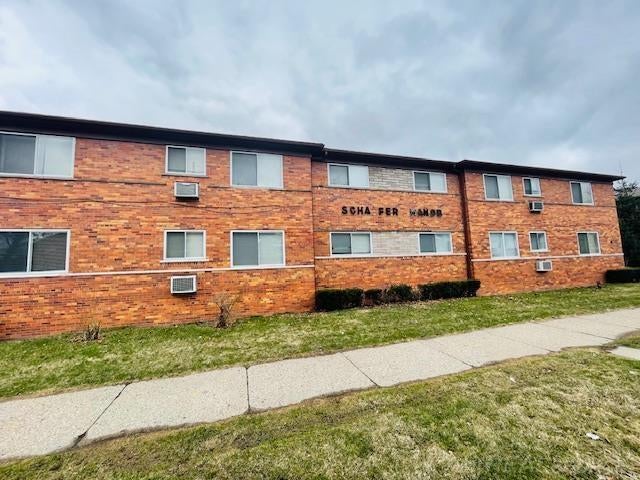
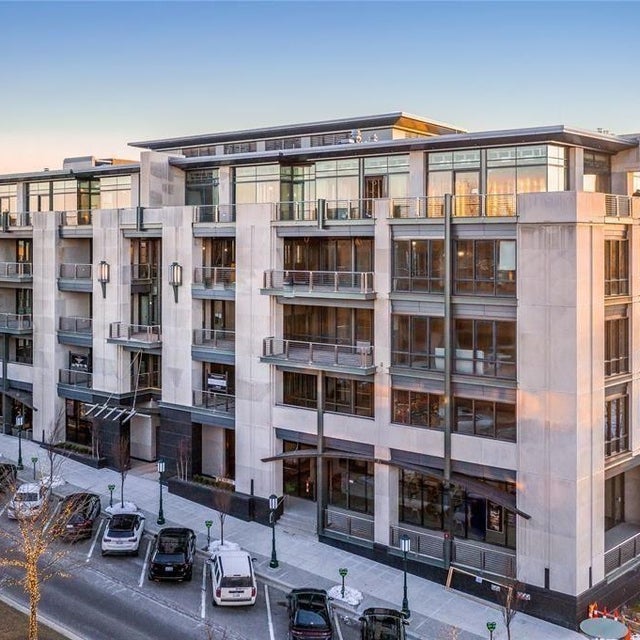
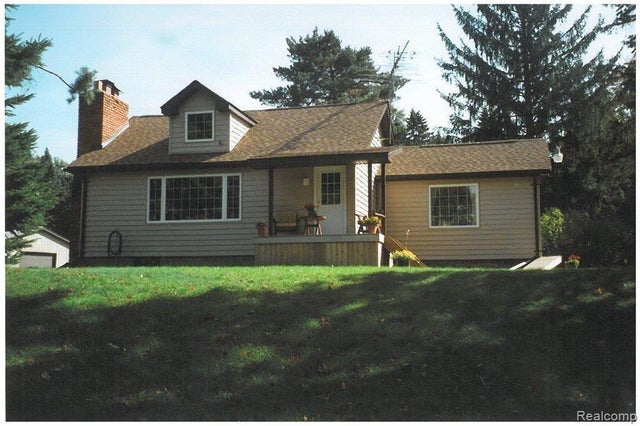
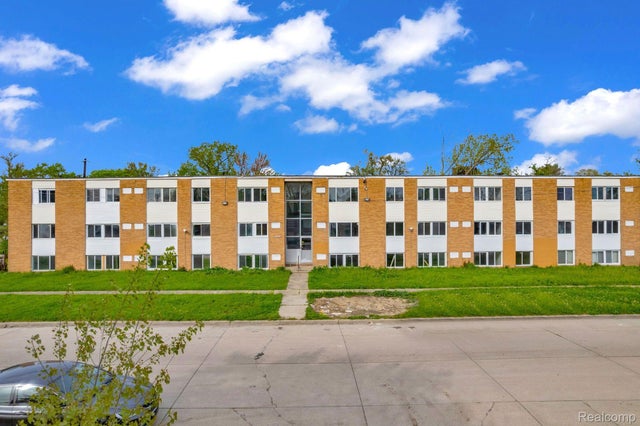
Leave A Comment